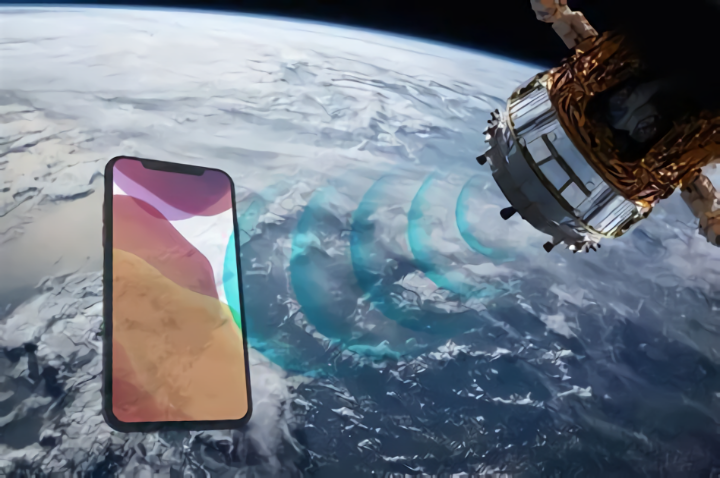News

FCC Moves Satellite-to-Phone Communication Forward with New Framework
Cellular phones have become ubiquitous communications devices in the 21st century. As service providers look for new ways to provide customers with more effective and far-reaching coverage, utilizing existing cellular frequencies transmitted from satellites in low-Earth orbit (LEO) moved one step closer to becoming a reality on March 17, when the Federal Communications Commission (FCC) unveiled its framework to regulate such use of the communications spectrum.
Satellite-based communications have been available for decades. However, special hardware and high costs limited the use to specialized scenarios. With 5G cellular frequencies to be broadcast from satellites, existing and new space-based networks will be capable of providing this same global coverage at a fraction of the price, without the need for anything more specialized than a cell phone.
Already, both hardware and service providers have begun to ink deals to provide these services to customers. Hardware providers, such as Apple, are providing users with access to emergency services through satellite communication. Meanwhile, T-Mobile is working with satellite companies to provide more comprehensive cellular frequency access from anywhere on Earth via satellite.

Apple’s iPhone 13 features satellite-based emergency services. Credit: Appletrack
The opening of cellular spectrum to space-based platforms marks another example of how the region beyond Earth’s atmosphere is becoming a viable new market. Recent cost reductions in launch systems and smallsat hardware development have fostered this new market, and companies like Motiv Space Systems are continuing to reduce costs for space platforms through advanced engineering and technology.
Motiv’s motor controllers are designed for a variety of space mission applications, providing hardware developers with low-cost solutions for robotics and manipulation. This robotics technology is being provided to NASA for demonstrations of on-orbit satellite manufacture and servicing. With the capability to develop space platforms in LEO using robotic means will come further reductions in access to space, as hardware manufactured on Earth will no longer need to be able to survive the launch environment.
Over the 70 years of space exploration, the cost of developing hardware has decreased, and the cost of launch services has begun to decrease in the last decade. These changes have become a tipping point for increased access to space. As companies like Motiv develop advanced space-rated engineering solutions, the ability to develop space hardware in orbit will lead to further cost reductions.

Motiv’s robotics engineering will enable the manufacture of space-based platforms in LEO.
Having access to reliable communications via cell phones connected through satellites will enhance the lives of billions of people around the world. The decision by the FCC to make this level of communication accessible and the rapid development of plans to take advantage of that access demonstrate how the commercialization of Earth orbit is being viewed by both governments and businesses. Those businesses will be seeking to position themselves to provide the most benefit at the lowest cost to their customers, and companies like Motiv Space Systems will continue to play the role of partner in enhancing space-based applications that deliver value to consumers on Earth.